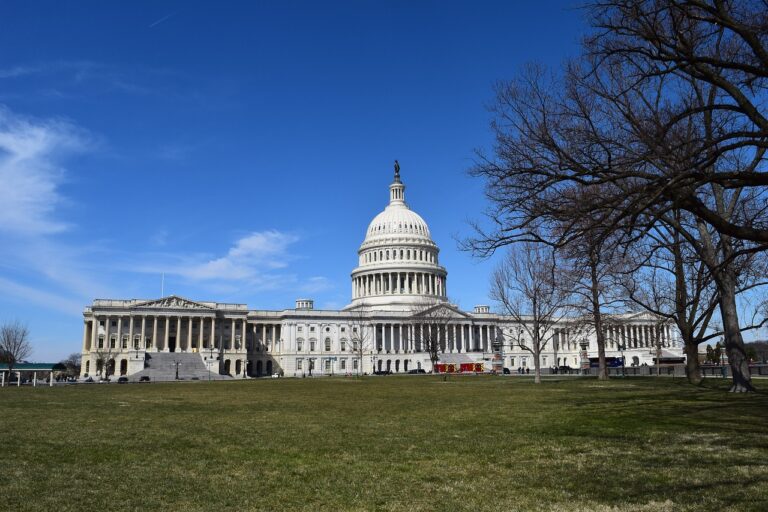Evaluating the Role of Election Data Visualization Tools
11xplay pro, diamondexch9, sky exchange bet:Evaluating the Role of Election Data Visualization Tools
In today’s fast-paced world, data plays a crucial role in every aspect of our lives, including politics. With elections being a key event in the democratic process, it is essential to have tools that can help us make sense of the vast amount of data that is generated during these times. This is where election data visualization tools come into play.
What are Election Data Visualization Tools?
Election data visualization tools are software applications that allow users to analyze and visualize data related to elections. These tools can take raw data, such as voter turnout, candidate performance, and demographic information, and present it in a visually appealing and easy-to-understand format. By using charts, graphs, maps, and other visual elements, these tools help users identify trends, patterns, and insights that may not be immediately apparent when looking at raw data.
The Role of Election Data Visualization Tools
1. Understanding Voter Behavior
One of the key roles of election data visualization tools is to help us understand voter behavior. By analyzing data on voter turnout, demographics, and voting patterns, we can gain insights into why people vote the way they do. This information can be invaluable for political campaigns, helping them tailor their messages to specific voter groups.
2. Monitoring Election Results
During an election, it can be challenging to keep track of all the results coming in from different polling stations. Election data visualization tools can help officials and the public monitor election results in real-time, providing up-to-date information on which candidates are leading and which are falling behind.
3. Identifying Trends and Patterns
Data visualization tools can also help us identify trends and patterns in election data that may not be immediately apparent. By visualizing data over time or across different regions, we can see how certain factors, such as demographics or campaign spending, are influencing election outcomes.
4. Improving Transparency
By making election data more accessible and understandable to the public, data visualization tools can help improve transparency in the electoral process. When voters can see how their votes are being counted and how election results are being determined, they are more likely to have confidence in the integrity of the election.
5. Informing Policy Decisions
Election data visualization tools can also play a role in informing policy decisions. By analyzing data on voter preferences and election outcomes, policymakers can gain insights into the issues that matter most to voters and make informed decisions on how to address them.
Challenges of Election Data Visualization Tools
While election data visualization tools have many benefits, they also come with challenges. One of the main challenges is ensuring the accuracy and reliability of the data being visualized. Inaccurate or incomplete data can lead to misleading conclusions and undermine the credibility of the tool.
Another challenge is making sure that the visualizations are easy to understand for users who may not have a background in data analysis. Complex charts and graphs can be overwhelming and may hinder rather than help users in interpreting the data.
Finally, there is also the challenge of ensuring the security and privacy of the data being visualized. Election data is often sensitive and confidential, and it is essential to have robust security measures in place to protect it from unauthorized access or manipulation.
Best Practices for Using Election Data Visualization Tools
To get the most out of election data visualization tools, it is essential to follow some best practices:
1. Ensure data quality: Verify the accuracy and completeness of the data before visualizing it to avoid misleading conclusions.
2. Choose the right visualization: Select the appropriate type of chart or graph based on the data being visualized and the insights you want to gain.
3. Keep it simple: Avoid cluttering the visualization with unnecessary details and focus on conveying the most critical information clearly.
4. Provide context: Include background information and explanations to help users understand the data and the insights being presented.
5. Test and iterate: Continuously test and gather feedback on the visualizations to improve their effectiveness and usability.
FAQs
Q: Are election data visualization tools only for political campaigns?
A: While election data visualization tools are commonly used by political campaigns to analyze voter behavior and tailor their messages, they can also be used by researchers, journalists, and policymakers to gain insights into election outcomes and trends.
Q: Can election data visualization tools predict election results?
A: While election data visualization tools can help identify trends and patterns in election data, they are not meant to be predictive tools. Election outcomes are influenced by numerous factors, and no tool can accurately predict the results of an election.
Q: Are election data visualization tools free to use?
A: There are both free and paid election data visualization tools available, with varying features and capabilities. It is essential to research and choose a tool that meets your specific needs and budget.
In conclusion, election data visualization tools play a vital role in helping us make sense of the vast amount of data generated during elections. By providing insights into voter behavior, monitoring election results, identifying trends, and improving transparency, these tools can help us better understand the electoral process and make informed decisions. By following best practices and addressing challenges, we can harness the power of election data visualization tools to enhance democracy and civic participation.







